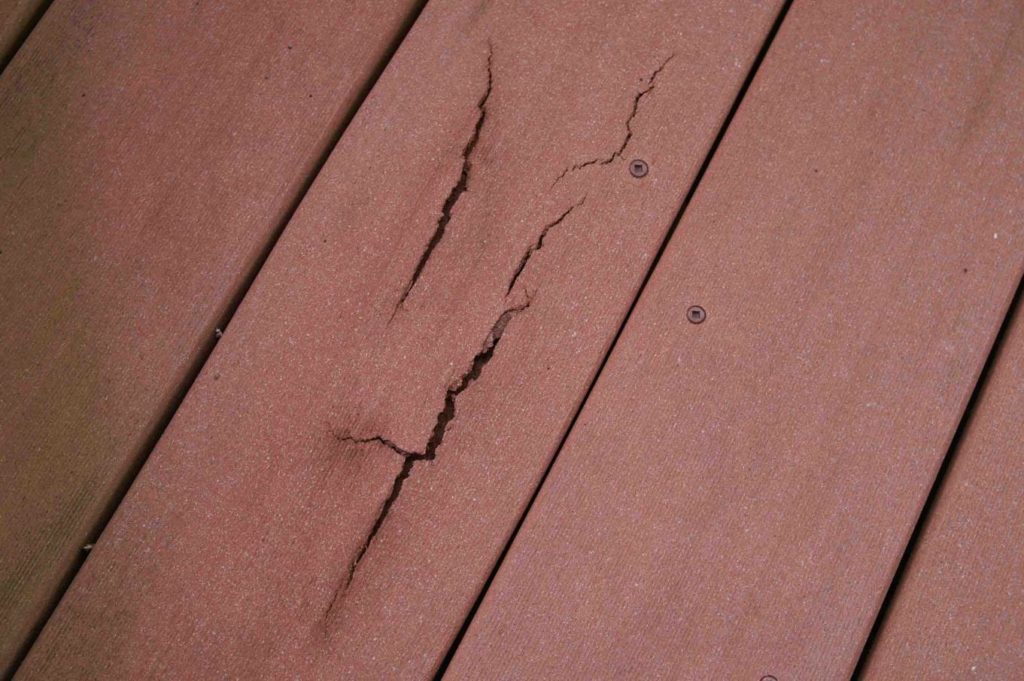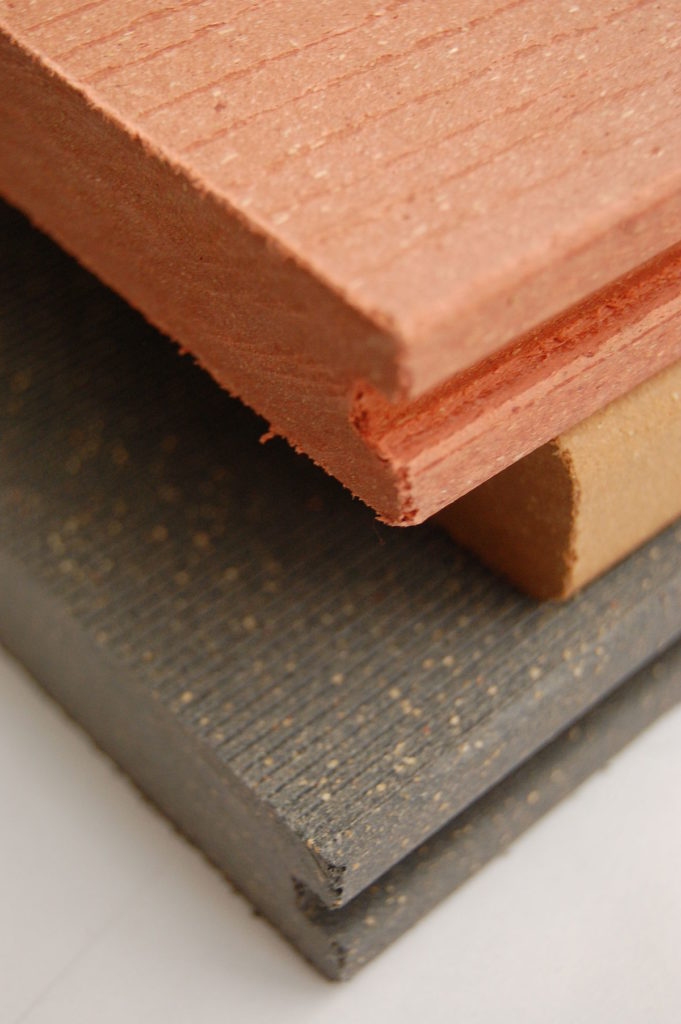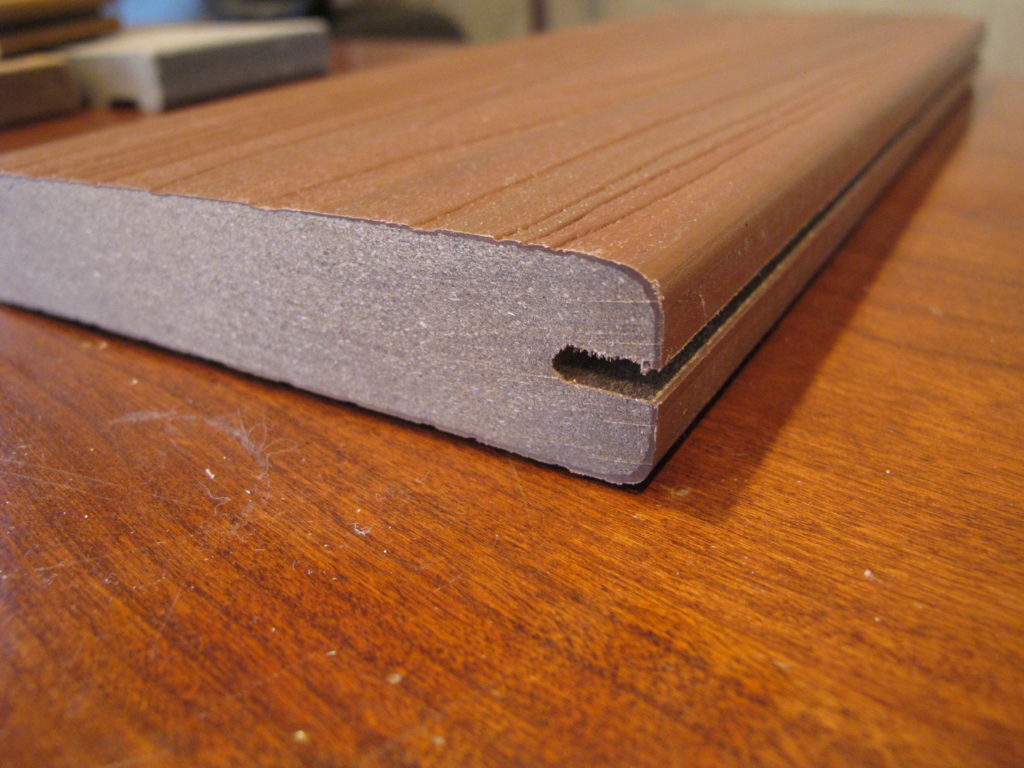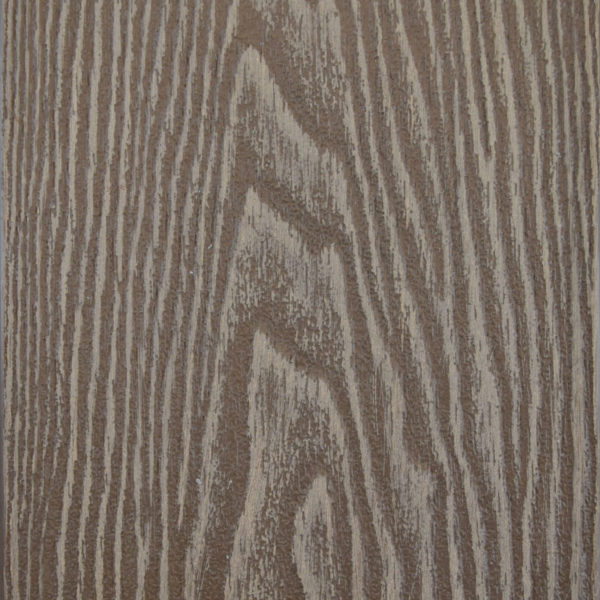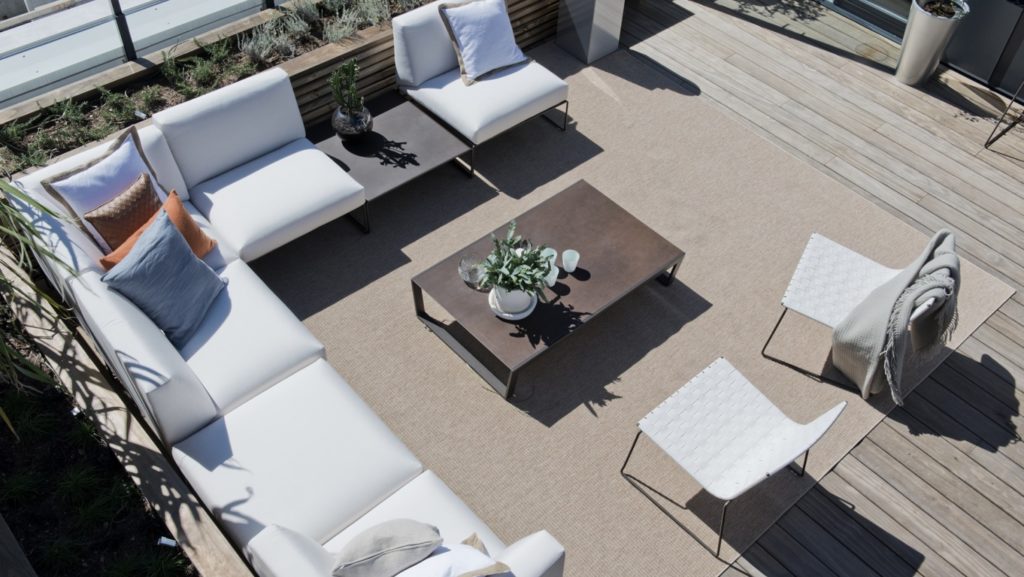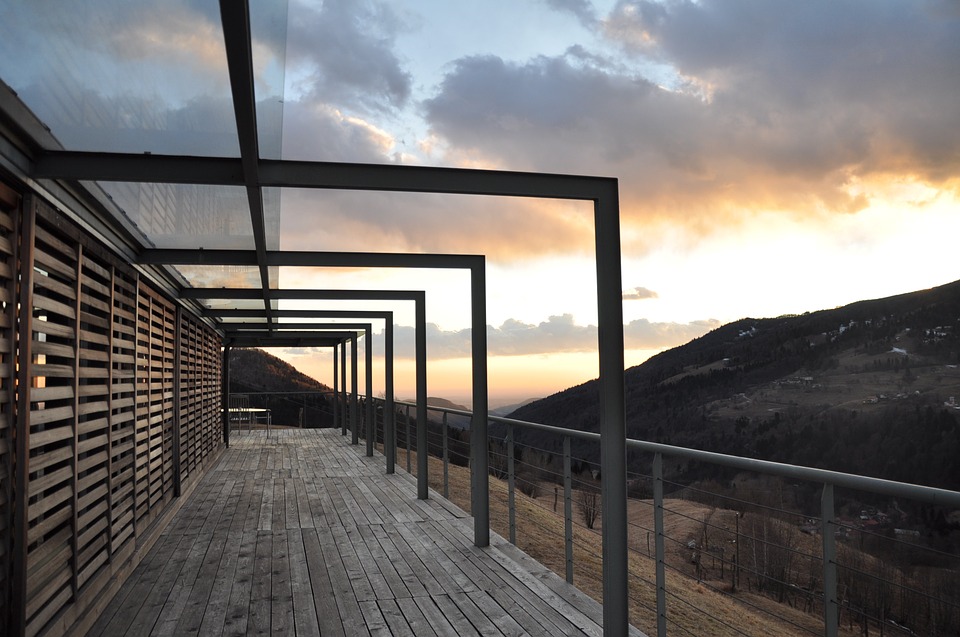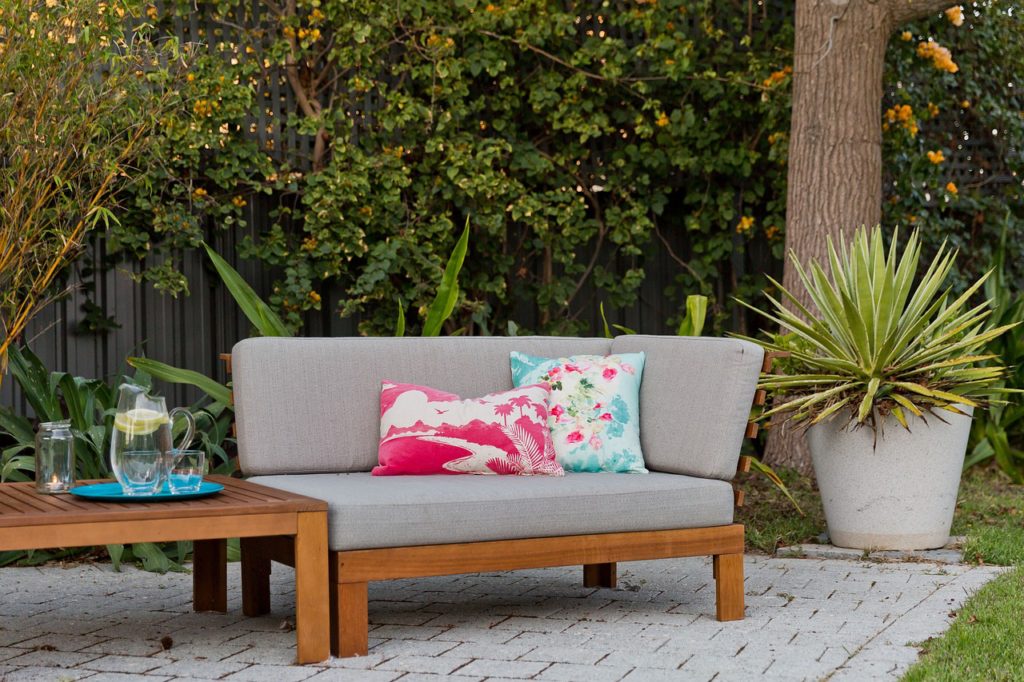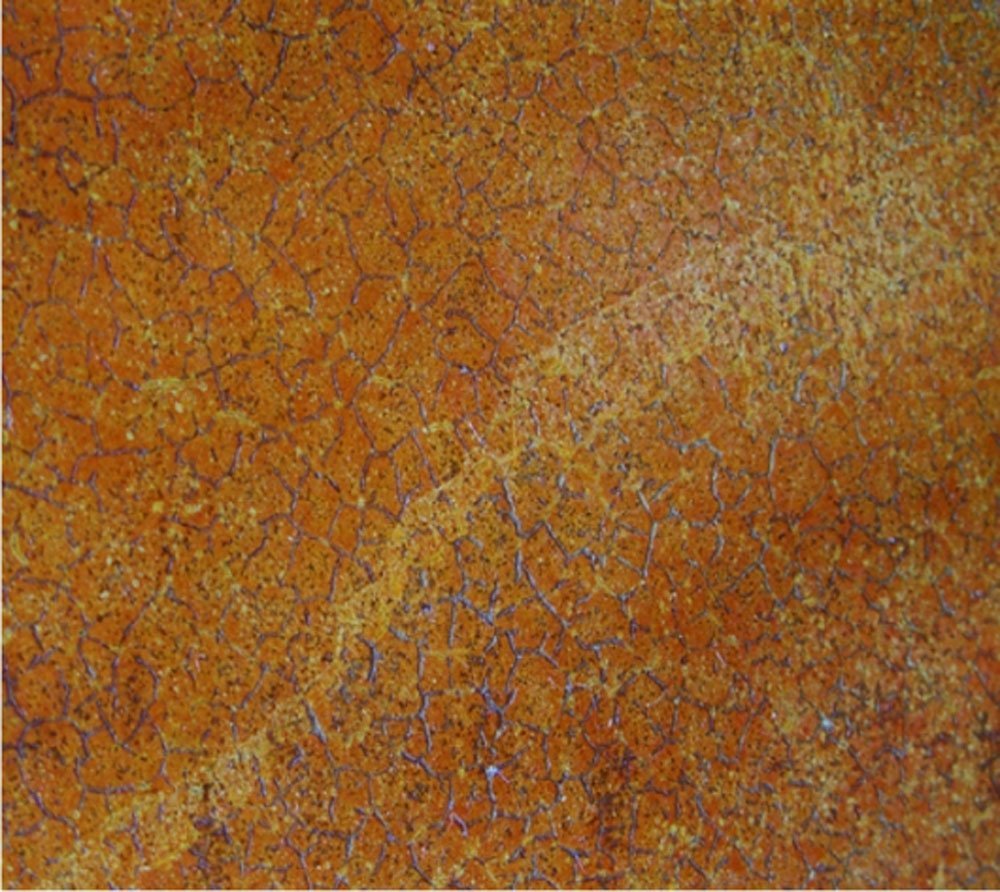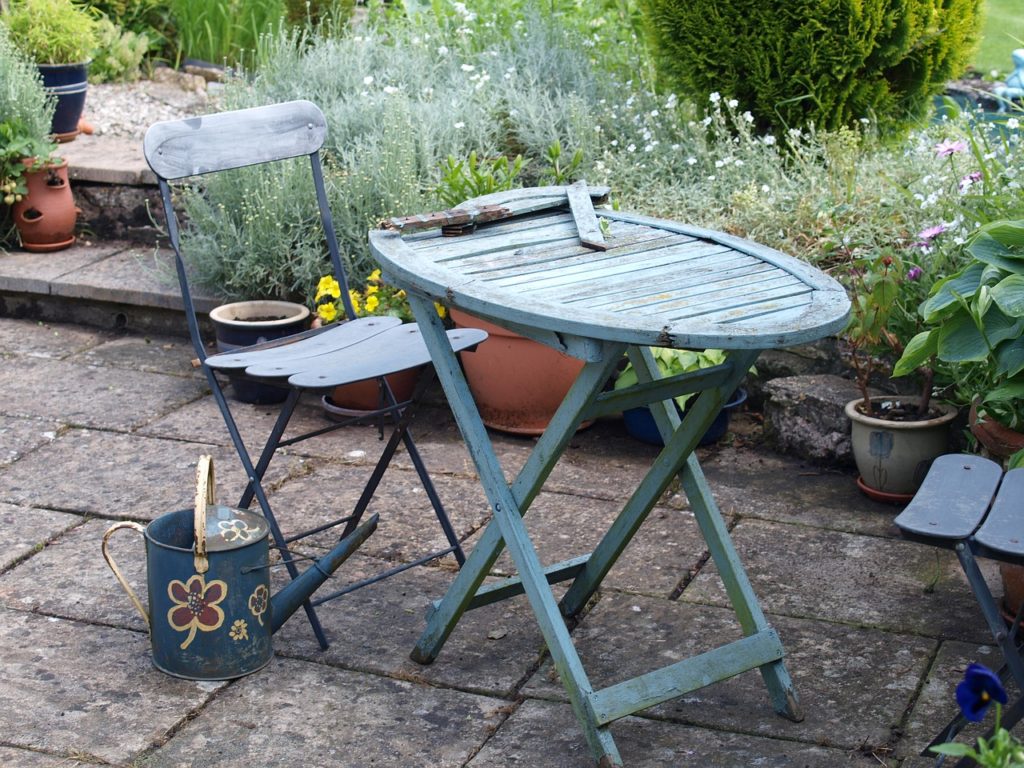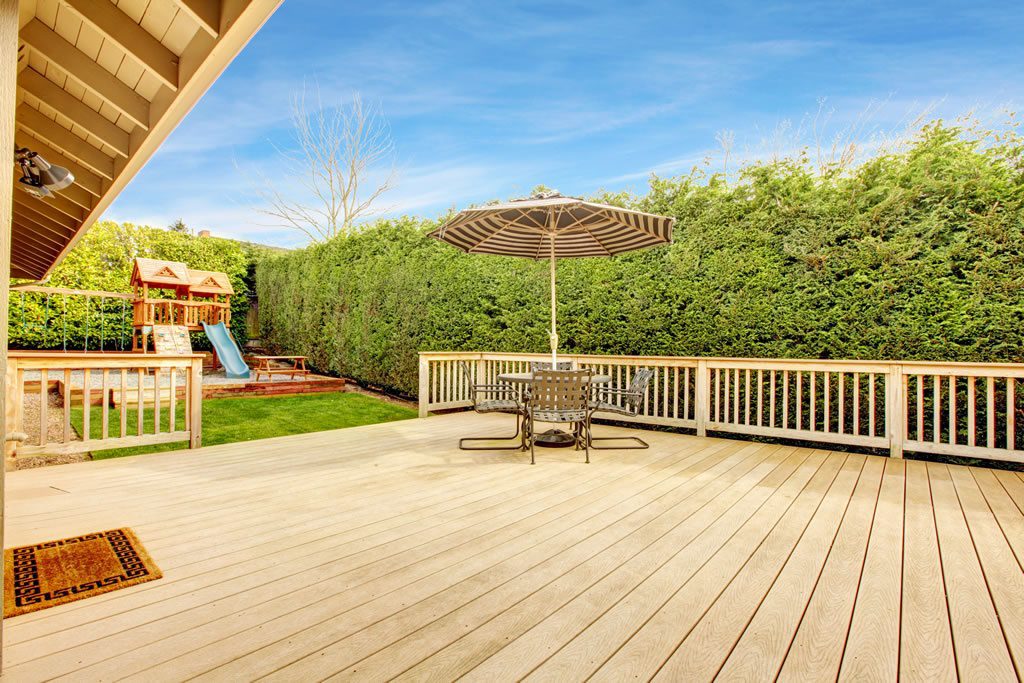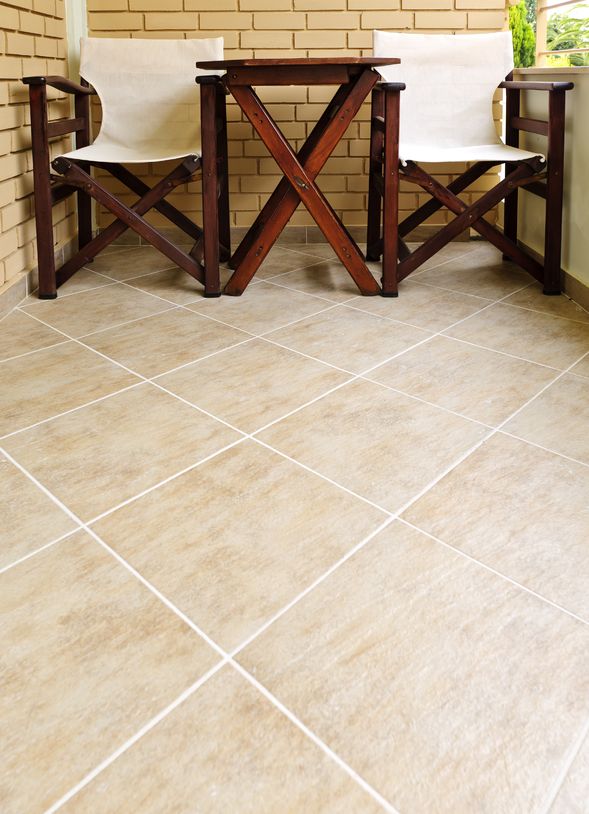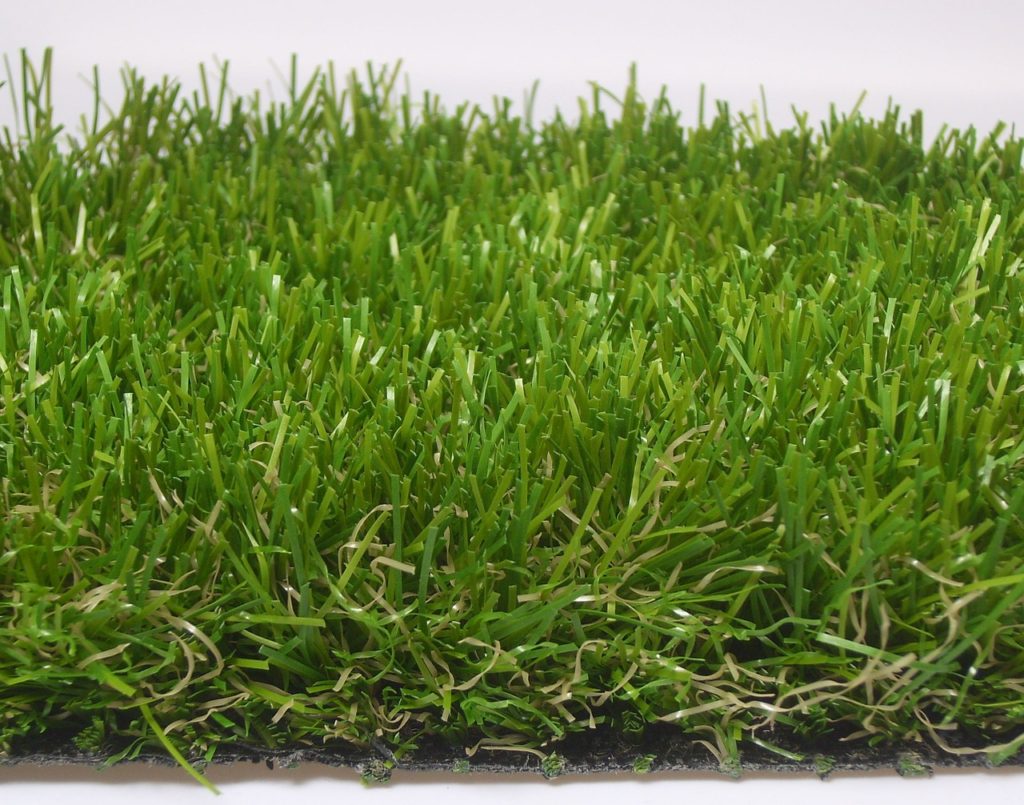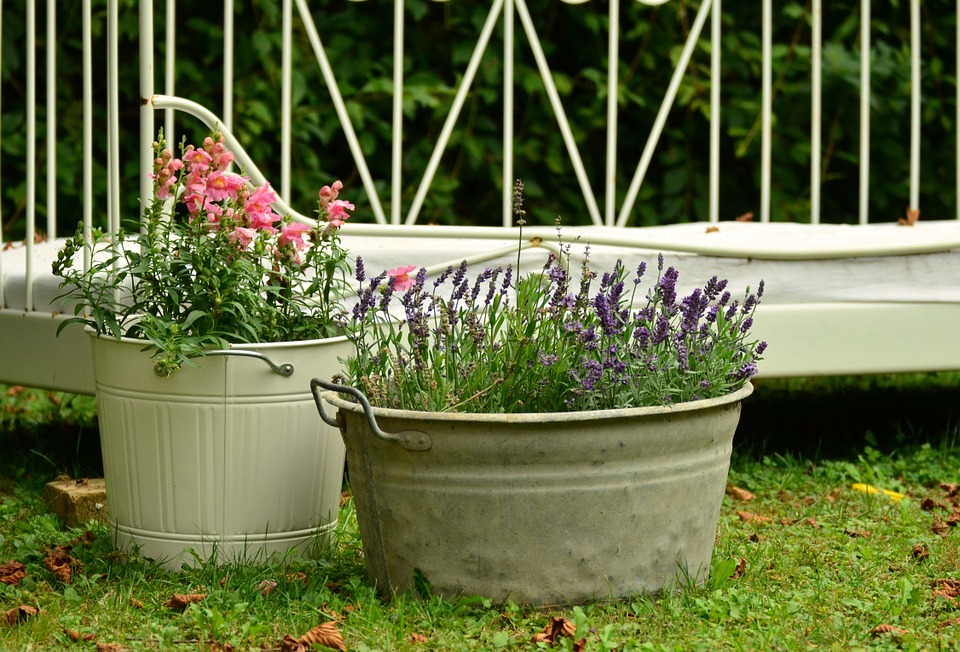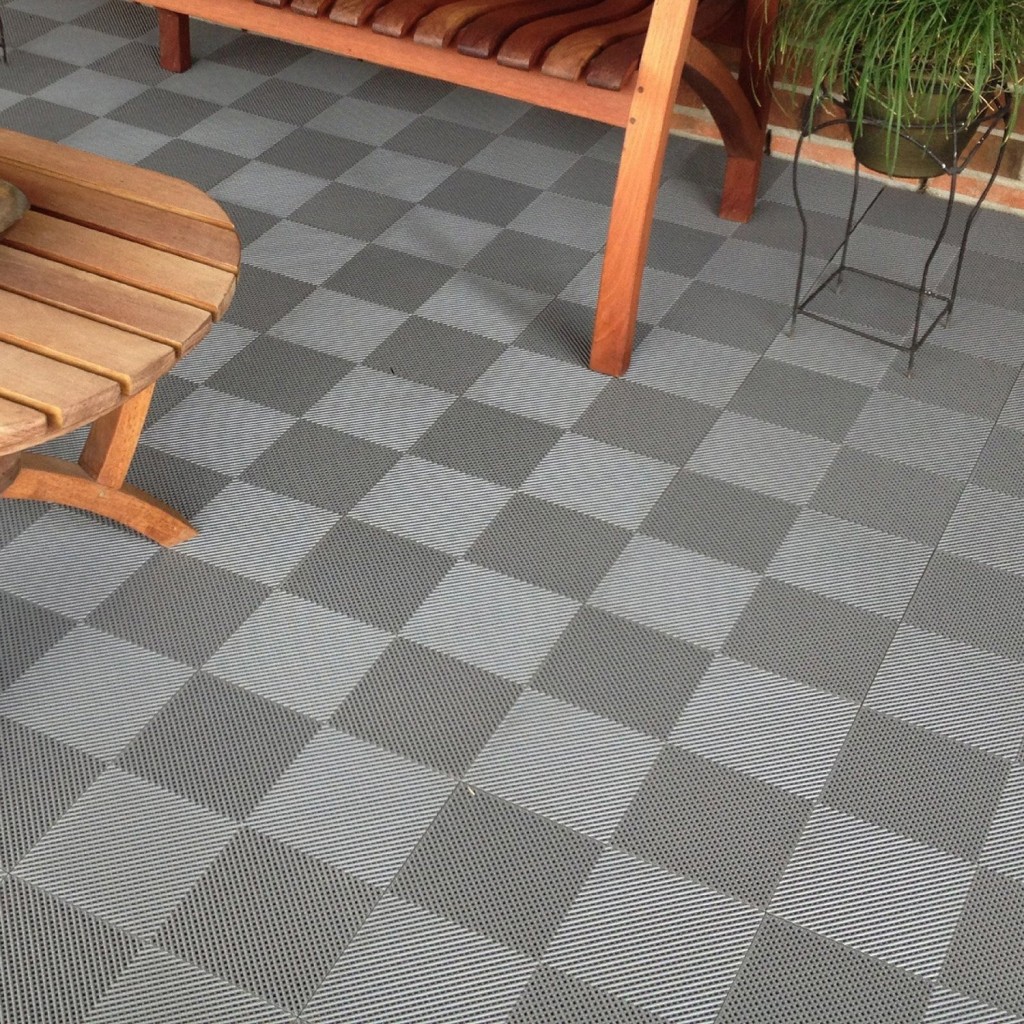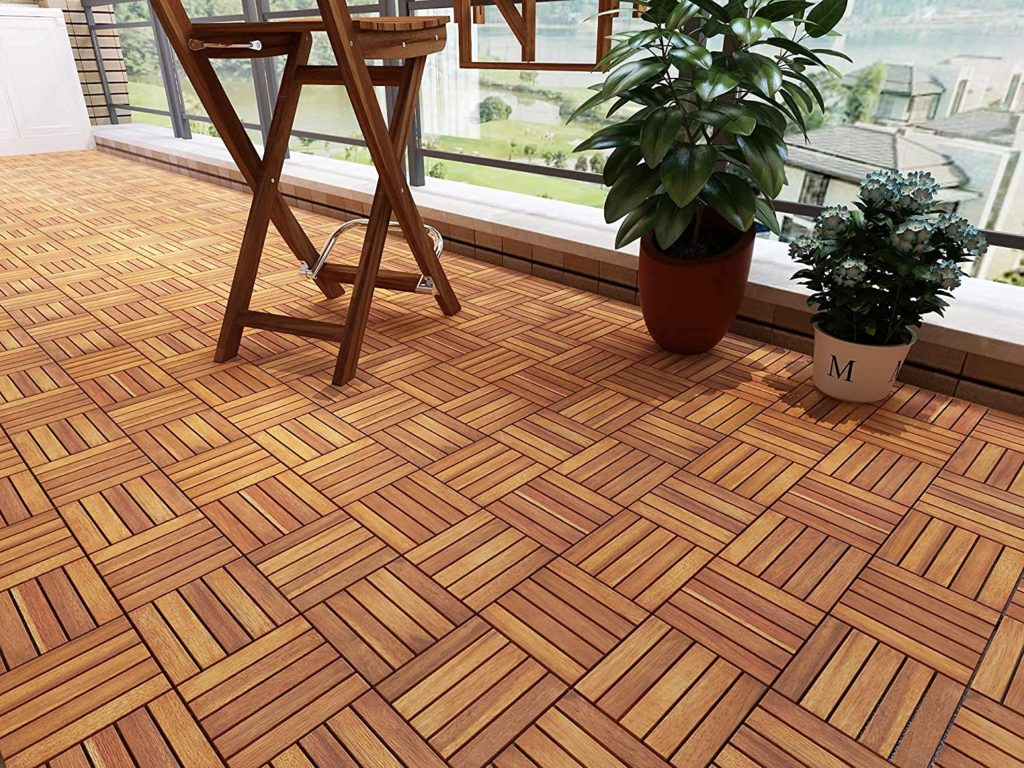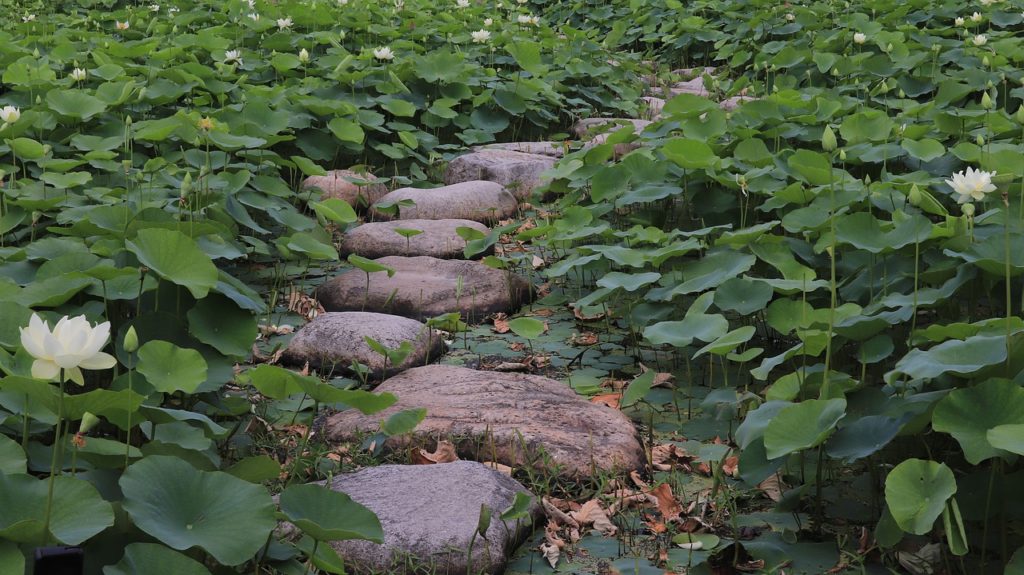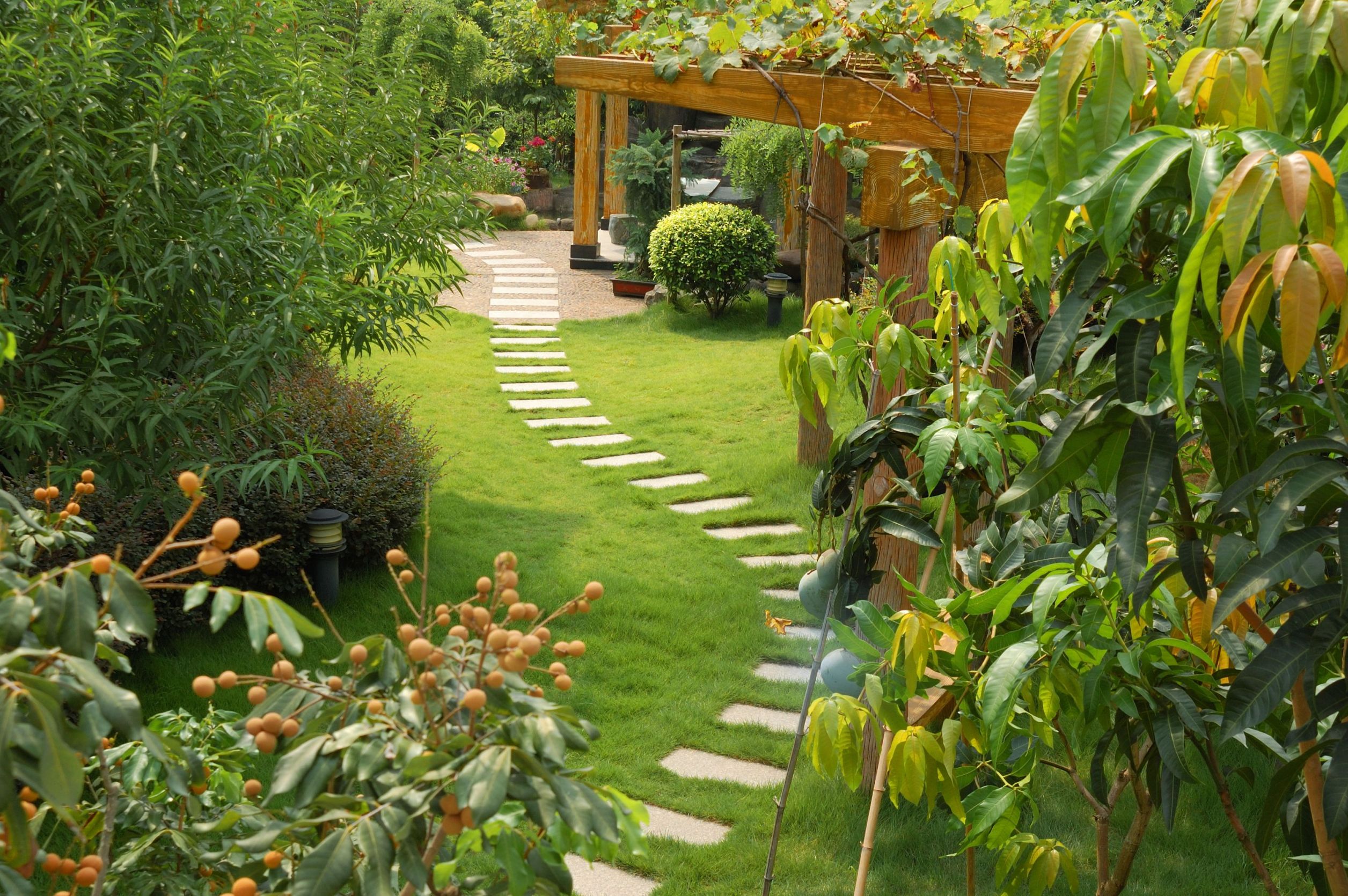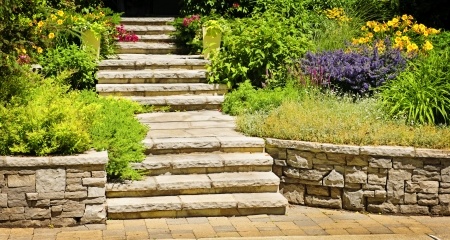
Today decks are a must-have for the modern home, but they have been around for more than five decades providing a space for families to enjoy the nature and space common to backyards.
The growth and diversification of the entire decking industry have been significant with changes in technology and availability due to globalization. Here we will focus on the inception and evolution of composite decking.
Regarding composite decking, it’s important to differentiate between the first, second, and third generations which have had marked changes in their structure and success.
At the beginning of the ‘90s, it became apparent that there was a scarcity of trees due to deforestation affecting the availability and price of timber for decking. The innovation in response to the necessity came in 1992 when Trex created the composite decking board which combined wood and plastic.
These decking boards were produced using reclaimed plastics mixed with a ground or shredded wood filler. They were intended and sold as an exceedingly durable and low-maintenance alternative to the wood planks which required treatment during and after installation.
Composite decking enjoyed rapid growth early on thanks to these selling points, becoming very popular with homeowners. However, there were unexpected challenges in the application and long-term use for this brand-new product.
In the first generation composite;
- The organic material that was exposed allowed the growth of mold and mildew leading to de-lamination.
- The mixture of wood and plastic was not as stiff as timber planks which forced contractors to build a more comprehensive substructure to support the boards.
- The traditional decking screws used on composite boards would cause a mushroom effect around the head of the screw which could be beaten down but added time and cost to the project.
- Composites would sag, crumble and crack over time when exposed to direct sunlight.
So alongside massive growth, there was a dissatisfaction that the product didn’t fulfill its initial promise to installers and homeowners. On top of all this, owners typically paid twice the price for composite materials as the expectation was that of a superior product with a longer lifespan.
At the turn of the century, after the explosion in popularity, the second generation of composite decking was introduced as the number of products grew substantially due to new technology.
Some companies decided to remove the organic wood component from the composite decking and use only the plastic component; these were called plastic or PVC decking materials. Coming up with solutions to the problems inherent in composite decking boards caused a new set of challenges with the variety and inconsistency of the products being produced.
PVC deck boards had some shortcomings as they would become brittle or start sagging over time, split with temperature fluctuations, and still suffered mold growth in environments where they were always wet. There were advances however in making the deck mimic timber in better ways with printed or embossed wood grains and limited discoloration due to sunlight over time.
In 2009 the third generation of composite decking was conceived that combined the durability and environmentally recycled plastic along with the organic wood. The new method of creating composite boards utilized what was called cap stock.
By wrapping the organic mix of material in the core with a weatherproof plastic barrier the third generation of composite decking allowed for the continued and sustained growth of the entire product category.
The capping made it possible to create stronger and more resilient decking containing UV inhibitors, anti-oxidants, and colors added at just the right time. The composite board is either covered by plastic on three of six flat surfaces, or four of the six sides as it allows for easy moisture transfer between the deck board and the environment.
Capped composite decking is more expensive than traditional composite and timber decking because of the more involved manufacturing process in adding the second, co-extruded layer to the board. As end-user expectations have evolved, manufacturers and materials suppliers have worked hard to keep pace.
In summary, the evolution of composite decking has been challenging and reflected the benefit of increasing and new technologies to benefit both manufacturers and homeowners to result in a quality product.
Ask your manufacturer or supplier which generation of composite decking they carry and whether they have cap stock because an investment in your garden or outdoor space should last you and bring you as much enjoyment for as long as possible.
Author Bio: After many years in the carpentry industry, Adrian founded Decking Perth to help Perth become smarter decking buyers.
Start Shopping for Composite Decking!
5 Green Rooftop Deck Design Ideas
Green rooftops were first spotted in urban environments where they were used as a way to help add some green space to roof terraces. From there, the idea began to spread as it was discovered that green roofs also helped to filter water, insulate the building they’re...
Walk Deck Solutions For Your Home And Property
There is no better way to enjoy the outdoors and fresh air than with a walk deck. Made out of wood, plastic or even concrete these structures are not covered with a roof. They are a great solution when you have some extra space and don’t know how to use it, or you can...
Concrete Landscaping Is The Secret To An Affordable But Gorgeous Outdoor Makeover
Do you want your yard to have a clean and polished look? Of course, you do! Landscaped yards offer amazing curb appeal to your home and can increase the value of your home and surrounding homes. Plus, looking out at a beautiful yard will simply give you a feeling of...
Using Decorative Concrete to Upgrade Your Home’s Style
Concrete is one of the most popular building materials and this is evident by the fact that you can practically find it used everywhere, from residential properties to commercial establishments. The chief advantages of using it are that it is readily available and,...
5 Stunning Designs That Will Inspire Your Paving Project
Whether you are thinking about updating your garden’s existing space, have a completely blank canvas, or want some paving ideas for your next patio project, try some of these 5 designs for inspiration. From rustic and modern to Mediterranean, urban or traditional,...
What’s Right for Your Garden: A Stone Patio or Decking?
Whether you’re landscaping from scratch with a blank canvas or redesigning your existing garden space, you’re almost certainly going to want an area to include either a stone patio or wooden decking. Patios and decking have increased in popularity in recent years....
Outdoor Tiles Have What You Need
Tile is known for its extensive use inside the home, but it can be just as useful outside as well. In fact, there are outdoor tiles made from countless materials for just about every purpose. And each has its own look and style. Before you decide on a material,...
Lawn Saver – Artificial vs Natural Turf
Every backyard needs a lush expanse of green lawn, or so we’re told. However, with brutal climates and droughts keeping a lawn alive, let alone thick and green, can be more of a struggle than it’s worth. This is why so many people these days are turning instead to...
Inexpensive Patio Design Ideas
Upgrading your backyard patio will not only make it more appealing but it will also increase the value of your property. However, that does not mean that you must spend substantial amounts of money customizing your patio. With a little creativity, you can design...
Rubber Patio Tiles Protect And Serve
Buy on Amazon Many types of outdoor flooring are used specifically for their beauty or all-around versatility. However sometimes, particularly when wet or damp, these same materials can be surprisingly slippery. Their toughness, while it may have been one of the...
Deck Tiles For A DIY Project With No Skills Needed
Buy on Amazon Installing a new deck or patio can often be an expensive project. However, you don’t have to drop all your cash to get the look of a brand new one. Deck tiles are a much cheaper alternative that can help you accomplish your goals with much less...
8 Great Garden Path Ideas
Whether used as the main walkway or an invitation for a stroll to a quiet garden bench, a garden path can add beauty and a sense of structure to your outdoor space. And when it comes to making a pathway there are many materials you can use to convey different...
A Simple Stepping Stone Path: An Easy DIY Project
A garden path functions as a surface to walk on but also as a thing of beauty. Not only are they beautiful themselves but they add beauty to your garden or patio. Luckily the easiest path to create is one of the best looking. A simple stepping stone path is so...
The Top 10 Reasons To Use Natural Stone In Your Garden, Patio, Or Yard
Natural stone is a fantastic option which can enhance your existing outdoor space or be a great option for your next garden, patio, or yard project. Here are the top 10 reasons why natural stone makes such a perfect choice. Every Stone Is Unique Unlike manufactured...
